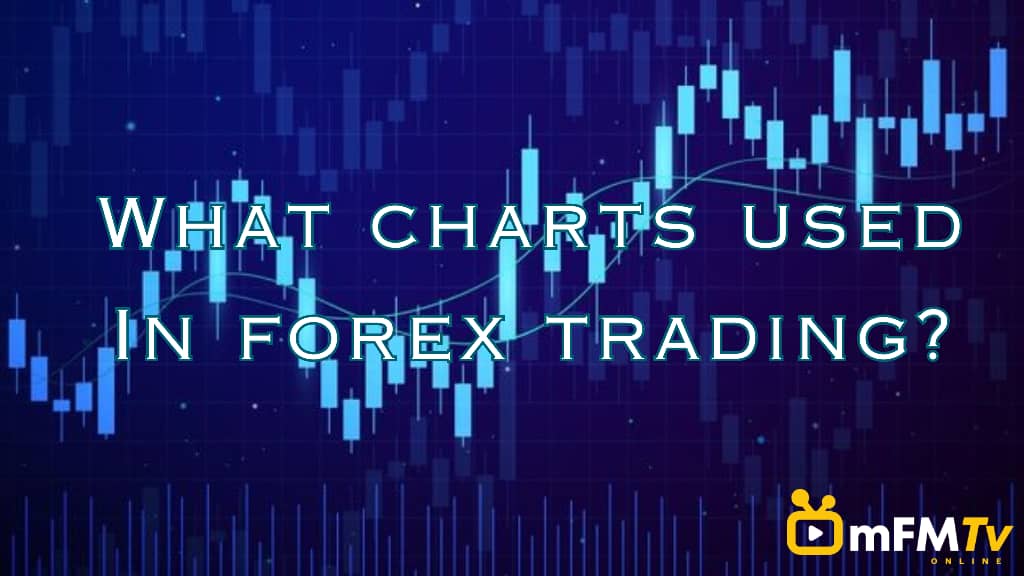There are several types of graphics that are generally used in forex trading to analyze price movements and make trading decisions. Here are some of them:
Line Chart: Displays a single line that connects the closing price in a certain time period. Line charts provide a clear view of the general direction of price movement.
Bar Chart (Bar Graph): Displays information about the opening price, closing price, as well as the highest and lowest price range in a certain time period. The vertical bar shows the price range, while the horizontal line on the left side marks the opening price, and the horizontal line on the right side marks the closing price.
Candlestick Chart: Similar to a bar chart, but uses candles or candlesticks to depict price information. The body of the candle shows the difference between the opening and closing prices, while the upper and lower wicks of the candle show the highest and lowest price ranges.
Renko Chart: Illustrates price movements by using boxes (not time) to show price changes. These boxes are formed based on significant price changes.
Point and Figure Chart: Removes time from the horizontal axis and only shows significant price changes. Dots and numbers are used to represent price changes.
Heikin-Ashi Chart: A type of candlestick chart that uses a special formula to average price movements. This graphic helps in identifying trends more clearly.
Each type of chart has its own advantages and disadvantages, and many forex traders use a combination of several types of charts for a more comprehensive analysis. The choice of graphics also often depends on the individual preferences of the trader and the trading strategy used.




